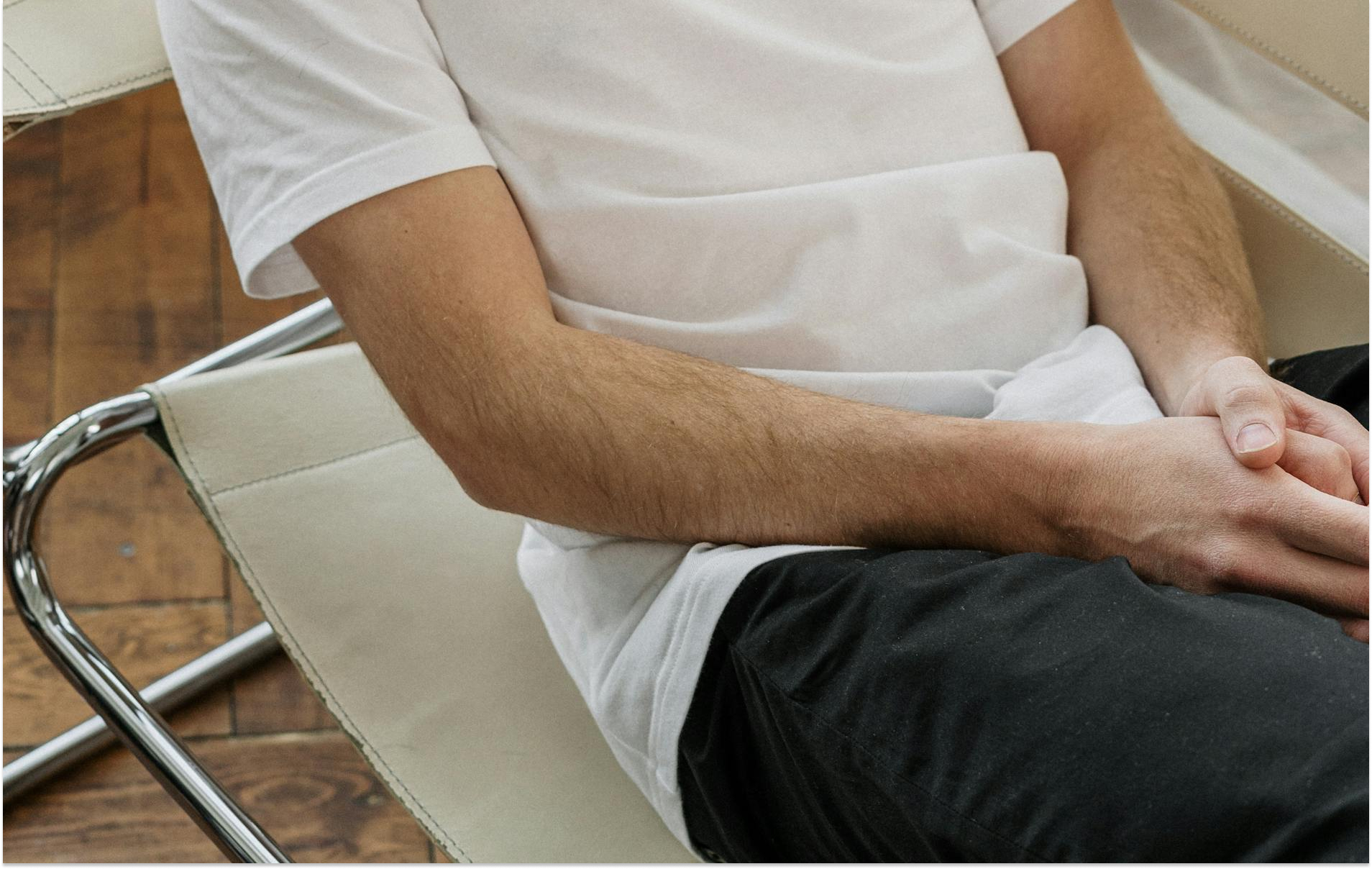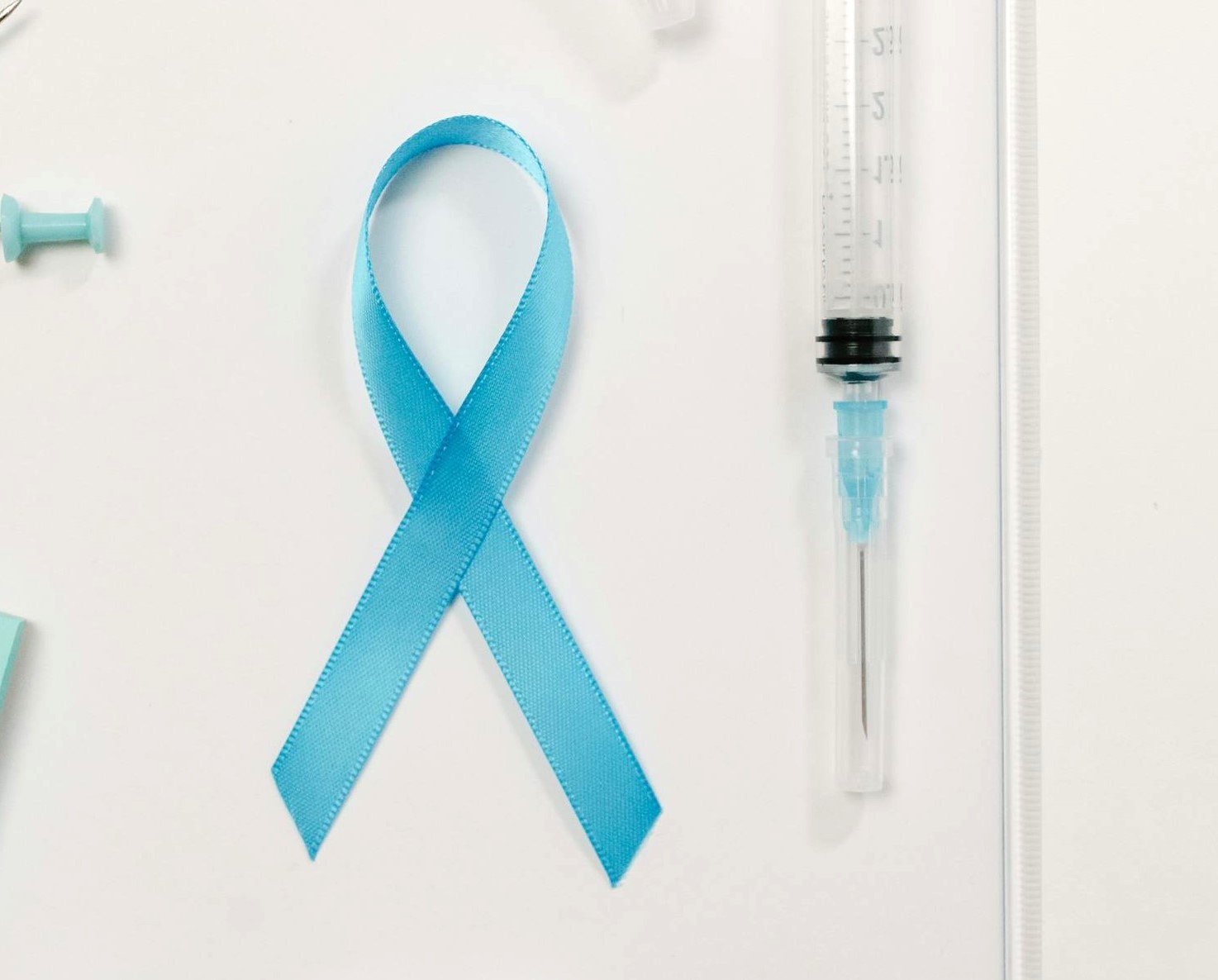Introduction to Benign Prostatic Hyperplasia (BPH)
Benign Prostatic Hyperplasia (BPH) is a common condition affecting the prostate gland in men, particularly as they age. It involves an enlargement of the prostate, which can lead to urinary symptoms such as difficulty starting urination, a weak urine stream, and frequent urination, especially at night.
While BPH is not cancerous, its symptoms can significantly impact the quality of life. Understanding the condition and exploring treatment options can help manage its symptoms and maintain a healthy lifestyle.
Understanding BPH Symptoms
Benign Prostatic Hyperplasia (BPH) manifests through a variety of urinary symptoms, primarily due to the enlarged prostate’s pressure on the urethra. Key symptoms include:
- Increased Urinary Frequency and Urgency: The need to urinate more often than usual, especially at night, known as nocturia, and experiencing sudden urges to urinate.
- Difficulty Starting Urination: Common issue where there is a delay or struggle in initiating the urine flow.
- Weak Urine Stream: The urine stream may be slower and less forceful than normal, making it difficult to empty the bladder fully.
- Dribbling at the End of Urination: Frequent dribbling or leakage of urine at the end of the urination process.
- Incomplete Bladder Emptying: A sensation of the bladder not being fully empty after urination, which can lead to discomfort and the risk of urinary tract infections.
Factors to Consider in Choosing Treatment
When choosing a treatment plan for Benign Prostatic Hyperplasia (BPH), several factors must be taken into account to ensure the decision aligns with the patient’s lifestyle, health status, and treatment goals. Key considerations include:
- Severity of Symptoms: The intensity of urinary symptoms and their impact on quality of life can help in deciding the need for any type of treatment.
- Prostate Size: Treatment options may vary depending on the size of the prostate. Larger prostates may require more invasive treatments for effective symptom relief.
- Patient’s Overall Health: Underlying health conditions can influence the choice of treatment, as certain options may pose more risks to people with specific health issues.
- Potential Side Effects: It is important to understand the possible side effects of each treatment option, including impacts on sexual function, bladder control, and other health aspects
- Recovery Time and Procedure Risks: Minimally invasive procedures typically offer shorter recovery times but may have different success rates or long-term outcomes compared to traditional surgery.
- Personal Preferences and Lifestyle Considerations: A patient’s personal values, lifestyle, and treatment preferences should be discussed to ensure the chosen option aligns with their life goals and daily activities.
- Cost and Insurance Coverage: Financial considerations, including the cost of treatment and insurance coverage, can also influence the decision-making process.
Non-pharmacological Treatment Options
Watchful Waiting
Watchful waiting is a management strategy recommended for men with mild to moderate BPH symptoms that do not yet significantly impact daily life. This approach involves regular monitoring of symptoms without immediate medical or surgical intervention.
Lifestyle Modifications
Several lifestyle changes can help manage BPH symptoms, including:
- Reducing Fluid Intake Before Bedtime: Limiting fluid intake in the evening can reduce nocturia and the need to urinate frequently at night.
- Adjusting the Diet: Incorporating a diet high in vegetables and low in caffeine and alcohol may alleviate BPH symptoms.
- Regular Exercise: Engaging in regular physical activity can help reduce urinary symptoms associated with BPH.
- Pelvic Floor Muscle Exercises: Strengthening pelvic floor muscles through exercises can improve bladder control and reduce urinary symptoms.
Heat Therapy
Transurethral microwave thermotherapy (TUMT) applies heat to destroy excess prostate tissue, improving urine flow. This method is less invasive and can be an option for those not ready for more invasive treatments.
Pharmacological Treatment Options
Pharmacological treatments for Benign Prostatic Hyperplasia (BPH) aim to relieve symptoms and prevent disease progression. These options include:
Alpha-blockers
Alpha-blockers work by relaxing the muscles in the bladder neck and prostate, facilitating easier urination. Common medications in this category include tamsulosin (Flomax), alfuzosin (Uroxatral), and silodosin (Rapaflo).
5-alpha Reductase Inhibitors
These drugs target hormonal changes contributing to prostate growth. By reducing the hormone levels, they help to shrink the prostate and alleviate urinary symptoms. Finasteride (Proscar) and dutasteride (Avodart) are examples of 5-alpha reductase inhibitors.
Combination Therapy
For men with moderate to severe BPH symptoms, combining an alpha-blocker with a 5-alpha reductase inhibitor can be more effective than either treatment alone in improving symptoms and preventing complications.
Phosphodiesterase-5 Inhibitors
Tadalafil (Cialis), a medication primarily used to treat erectile dysfunction, has also been approved to treat BPH symptoms. It may be prescribed when symptoms are mild or in combination with other BPH medications.
Anticholinergics
For patients experiencing bothersome urinary urgency and frequency, anticholinergic medications can help by relaxing the bladder muscle. These are often used in combination with other BPH treatments.
Minimally Invasive Procedures for BPH
Minimally invasive procedures offer an alternative to medication and traditional surgery for treating Benign Prostatic Hyperplasia (BPH), focusing on reducing symptoms with less recovery time. Key options include:
Transurethral Microwave Thermotherapy (TUMT)
TUMT uses microwave energy to heat and destroy excess prostate tissue, improving urine flow with minimal hospital stay.
Transurethral Needle Ablation (TUNA)
Similar to TUMT, TUNA involves using radiofrequency energy to remove prostate tissue, offering symptom relief with reduced risks compared to surgical options.
Urolift
The Urolift system involves placing small implants to lift and hold the enlarged prostate tissue out of the way, thus improving urine flow. It is noted for preserving sexual function and offering a rapid recovery.
Prostatic Artery Embolization (PAE)
PAE is a novel approach where blood flow to specific areas of the prostate is blocked, causing those parts to shrink. This procedure is done through a small incision in the groin, using local anaesthesia.
Rezūm Water Vapor Therapy
This therapy involves injecting steam into the prostate to destroy excess tissue, improving symptoms with a minimally invasive approach.
Laser Therapy
Laser therapy uses concentrated light to remove or shrink prostate tissue, improving urine flow. Types of laser therapy include Photoselective Vaporization of the Prostate (PVP) and Holmium Laser Enucleation of the Prostate (HoLEP).
Surgical Treatment Options
For men with severe symptoms of Benign Prostatic Hyperplasia (BPH) or for whom less invasive treatments have failed, surgical options may be considered. These procedures are generally more effective in relieving symptoms but come with a higher risk of complications. Key surgical options include:
Transurethral Resection of the Prostate (TURP)
TURP is the most common surgery for BPH and involves removing a section of the prostate through the urethra. It can significantly improve urinary flow and symptoms but may have side effects such as sexual dysfunction or loss of bladder control.
Open Prostatectomy
Recommended for men with a significantly enlarged prostate, open prostatectomy involves making an incision in the abdomen to remove prostate tissue. This method is less commonly performed due to the higher risk of complications and longer recovery time.
Holmium Laser Enucleation of the Prostate (HoLEP)
HoLEP uses a laser to remove the entire prostate gland that is blocking urine flow. It is effective for men with larger prostate glands and offers a lower risk of bleeding and a shorter hospital stay than traditional surgery.
Robot-assisted Prostate Surgery
Performed with the help of a robot, allowing for more precision and smaller incisions. It is becoming increasingly popular due to its potential for reducing recovery time and minimising complications.
GreenLight Laser Therapy
A minimally invasive procedure that uses a high-energy laser to vaporise prostate tissue that is blocking the flow of urine. It is well-suited for patients with certain health conditions that make them poor candidates for more invasive surgery.
Conclusion
By understanding the available treatment options and considering the various factors that influence them, people can take proactive steps towards managing their BPH symptoms and maintaining their quality of life. With the right approach, living with BPH can be manageable.



